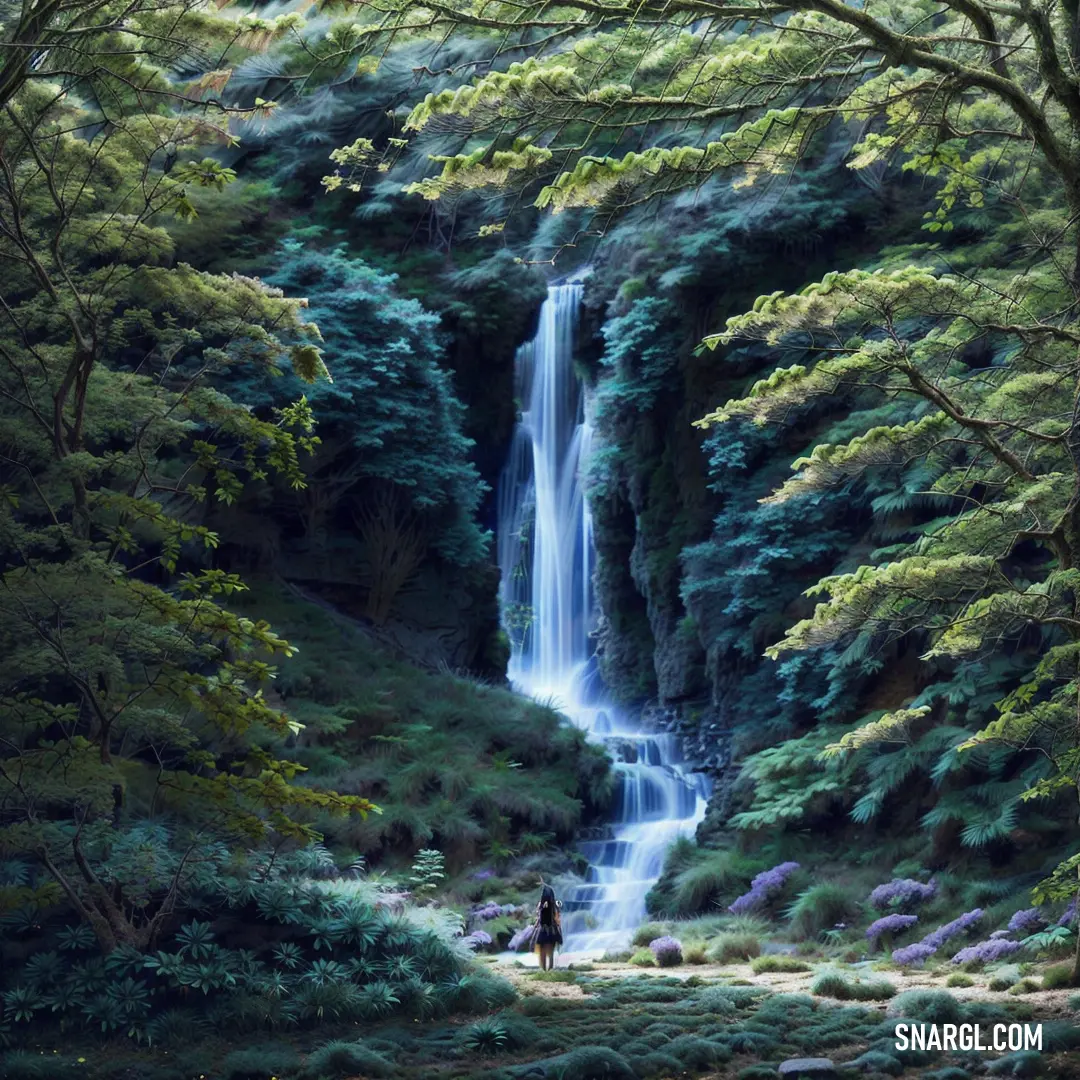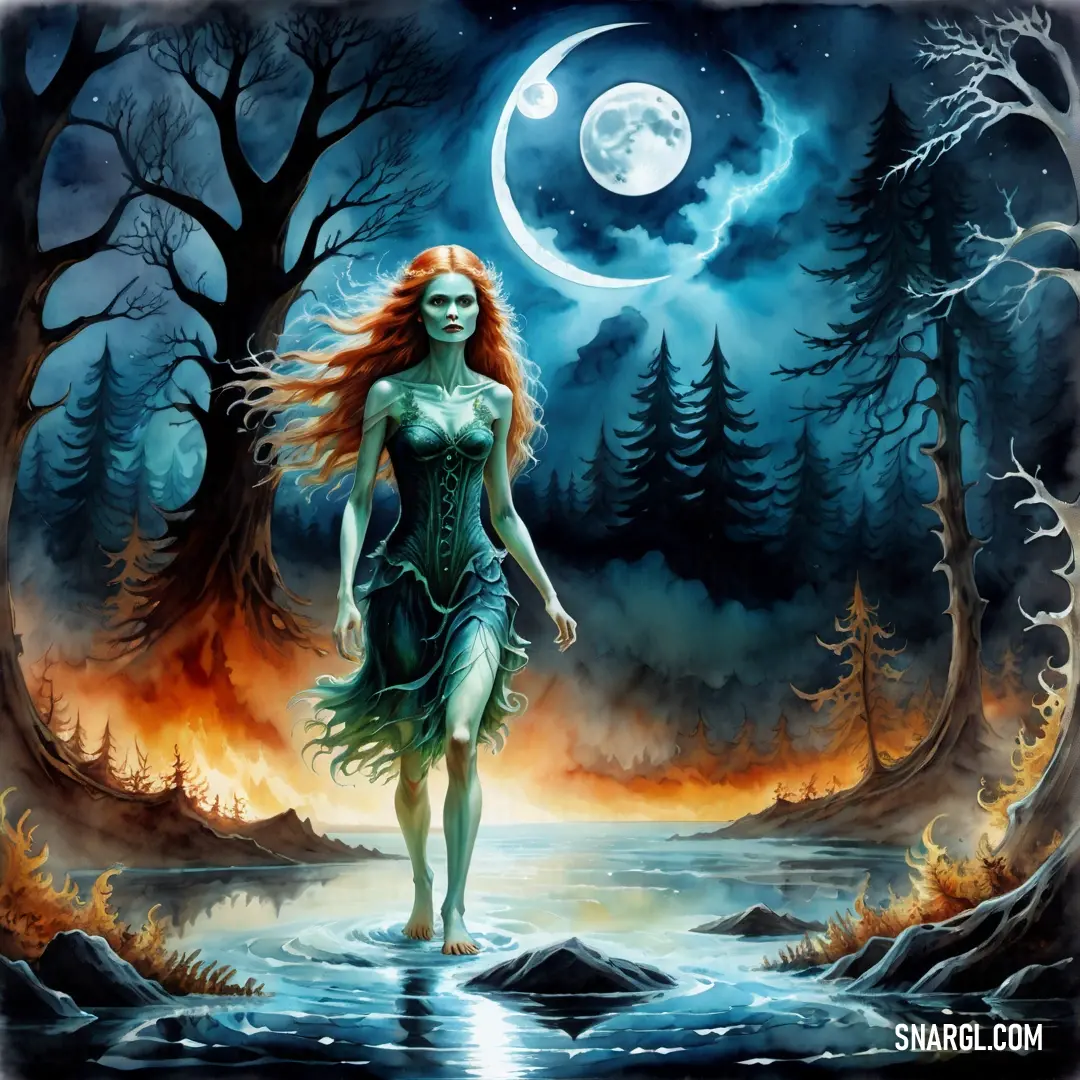Han blue # Imagination
Parameters:
HSL:
222.7°, 59.1%, 53.9% 2025-03-25 Snargl 23:48 844 106
What superhero can be dressed in Han blue?
When it comes to superheroes dressed in Han blue, one striking figure comes to mind: Blue Knight. Inspired by ancient Chinese warriors, Blue Knight wears a vibrant blue armor adorned with symbols of justice. His background reveals a legacy of protecting his city from corruption. The color Han blue signifies loyalty and honor, traits that he embodies. His emblem, a soaring dragon, represents courage and strength. While not as mainstream as other heroes, Blue Knight captivates audiences with his blend of cultural heritage and heroic ideals, proving that powerful narratives can be woven into vibrant costumes.
Example of the palette with the Han blue color
48 %
18 %
17 %
10 %
5 %
Click to see these colors in NCS, PANTONE, RAL palettes...
NCS (Natural Color System) Example of the palette with the Han blue color
56 %
29 %
5 %
5 %
2 %
Click to see these colors in NCS, PANTONE, RAL palettes...
NCS (Natural Color System) Mysterious Han blue artifact - what could it be?
A mysterious Han blue artifact could be a piece of ancient Chinese art or a scientific curiosity.
Han blue is a synthetic pigment that was developed in China and used from the Western Zhou period (1045–771 BC) until the end of the Han dynasty (circa 220 AD).
It has the chemical formula BaCuSi 4 O 10 and a layered structure with silicate forming the framework.
It is more stable than Han purple, another synthetic pigment that has a similar color but a different formula and structure.
Han blue was used to create blue and purple colors in paintings, ceramics, and other artworks.
Some examples of Han blue artifacts are:
A mural from an Eastern Han tomb near Luoyang, Henan, showing a pair of Liubo players, a board game popular in ancient China.
A mural of a Western Han tomb in Luoyang City, depicting a landscape with mountains, rivers, trees, and buildings.
A cloisonné vase from the Ming dynasty, decorated with flowers and birds in blue and other colors.
Han blue is also interesting for its exotic properties and applications to superconductivity and quantum computing research.
In 2006, scientists showed that Han blue "loses a dimension" under suitable conditions when it enters a new state, as a Bose-Einstein Condensate.
This means that the electrons in the pigment behave as if they are in a two-dimensional plane, instead of a three-dimensional space.
Example of the palette with the Han blue color
53 %
22 %
18 %
2 %
2 %
Click to see these colors in NCS, PANTONE, RAL palettes...
NCS (Natural Color System) Example of the palette with the Han blue color
40 %
28 %
20 %
8 %
2 %
Click to see these colors in NCS, PANTONE, RAL palettes...
NCS (Natural Color System) What landscape can be painted in Han blue color?

The simplicity of nature, captured in a peaceful rural scene. A dirt road weaves through a cluster of trees, inviting you to walk and explore the serene surroundings.

A winter wonderland where the light itself seems to have a life of its own. The blue glow from the distant trees creates a sense of mystery and magic in the snowy forest.

A peaceful and tranquil moment where nature and nostalgia meet. The calm waters and distant mountains set the perfect backdrop for the quiet solitude of a parked car under a star-filled sky.

A person stands in awe before the waterfall, the soft light filtering through the trees and the soothing sound of rushing water creating a serene and peaceful moment in nature.
Han blue, a vibrant hue derived from the mineral azurite, evokes a sense of ancient elegance. This color finds its origins in Chinese Han Dynasty ceramics, where its deep azure captivated artists. A landscape painted in Han blue might depict serene mountains under a twilight sky, blending seamlessly with the reflective waters of a tranquil lake. The vividness of the color symbolizes peace and prosperity, fitting for lush fields or blooming cherry blossoms. In modern interpretations, Han blue also highlights urban scenes, where historical elements intersect with contemporary architecture, creating a bridge between the past and present.
Example of the palette with the Han blue color
28 %
24 %
20 %
16 %
10 %
Click to see these colors in NCS, PANTONE, RAL palettes...
NCS (Natural Color System) Example of the palette with the Han blue color
32 %
25 %
21 %
11 %
8 %
Click to see these colors in NCS, PANTONE, RAL palettes...
NCS (Natural Color System) Example of the palette with the Han blue color
39 %
27 %
25 %
5 %
2 %
Click to see these colors in NCS, PANTONE, RAL palettes...
NCS (Natural Color System) What food can be of the Han blue color?
While the vibrant Han blue color, often linked to traditional Chinese ceramics, is rare in food, a few natural contenders exist. Blue corn, rich in antioxidants, transforms into a striking blue-hued flour or tortillas. Butterfly pea flower, when brewed, releases a brilliant blue tea that changes color with acidity, adding a visual delight to cocktails. Blue potatoes, cultivated for their anthocyanin content, bring both color and nutritional benefits. Lastly, bold food scientists have engineered blue strawberries, promising an exciting future for this unique hue in our diets.
Example of the palette with the Han blue color
33 %
28 %
27 %
8 %
2 %
Click to see these colors in NCS, PANTONE, RAL palettes...
NCS (Natural Color System) What anime, manga or cartoon hero can look best in the Han blue color?
The Han blue, a vibrant shade often associated with tranquility and creativity, could elevate many anime and cartoon heroes. A standout candidate is Kakashi Hatake from "Naruto." His laid-back demeanor would be complemented by the calming hue, enhancing his cool, enigmatic charm. Another striking option is Avatar Aang from "Avatar: The Last Airbender," whose airbender robes would shine in Han blue, symbolizing peace. Moreover, Sailor Mercury from "Sailor Moon" already embodies blue, and an adjustment to Han blue could amplify her intelligence and elegance. In any case, Han blue can enliven characters, painting them in a fresh, serene light.
More about "Han blue"
Continue browsing posts in category "Colors"
More palettes with the color Han blue:
Take a look at this Music Video:
You may find these posts interesting:












